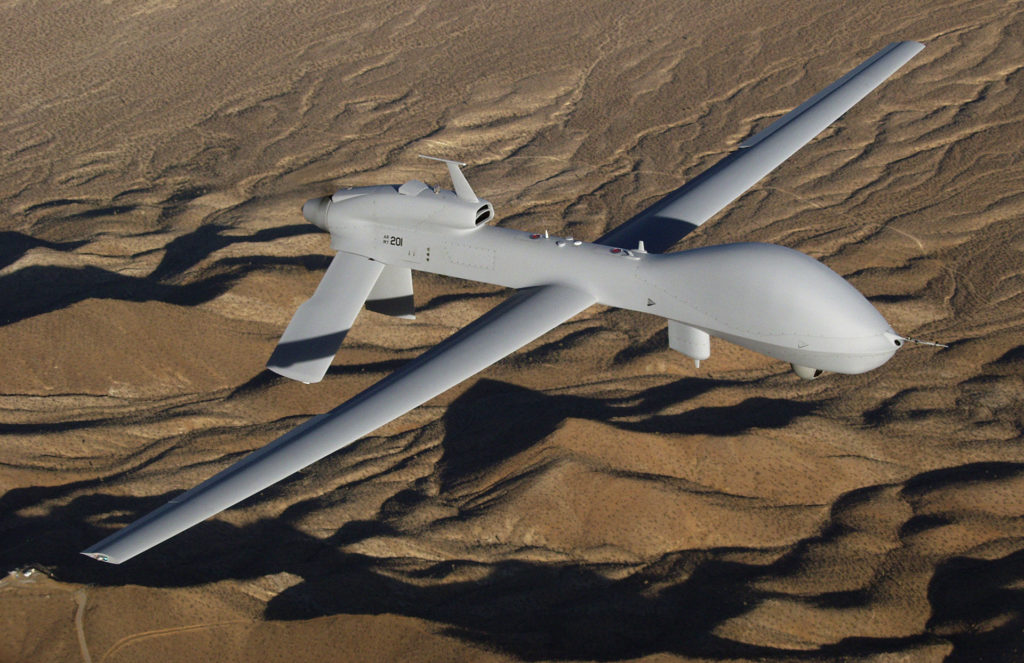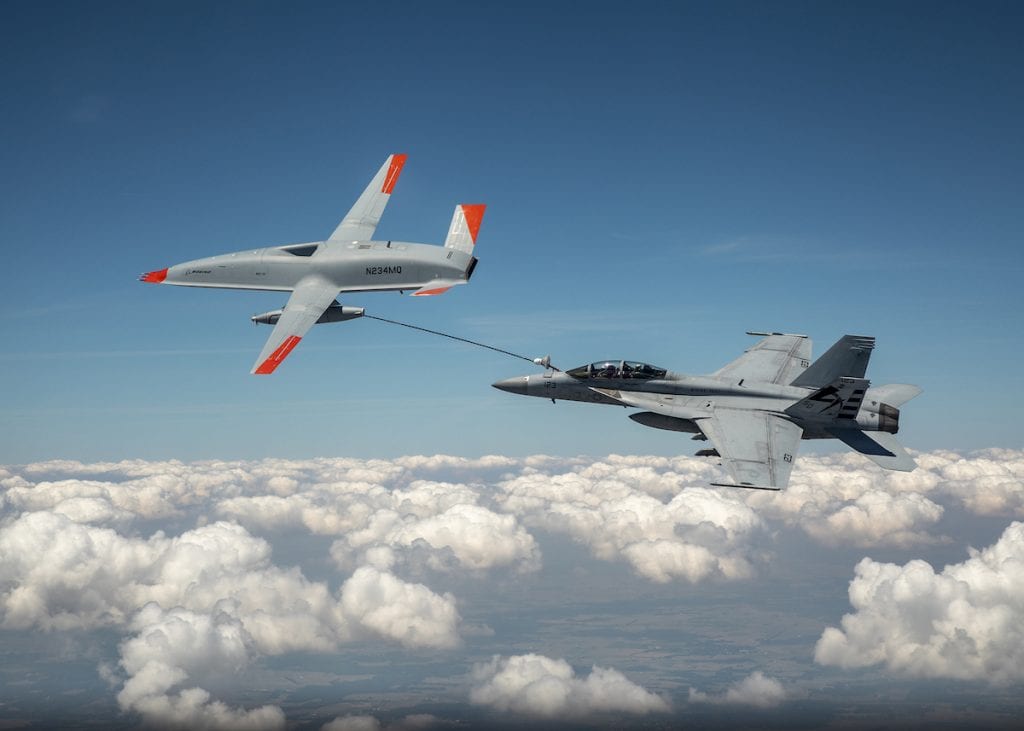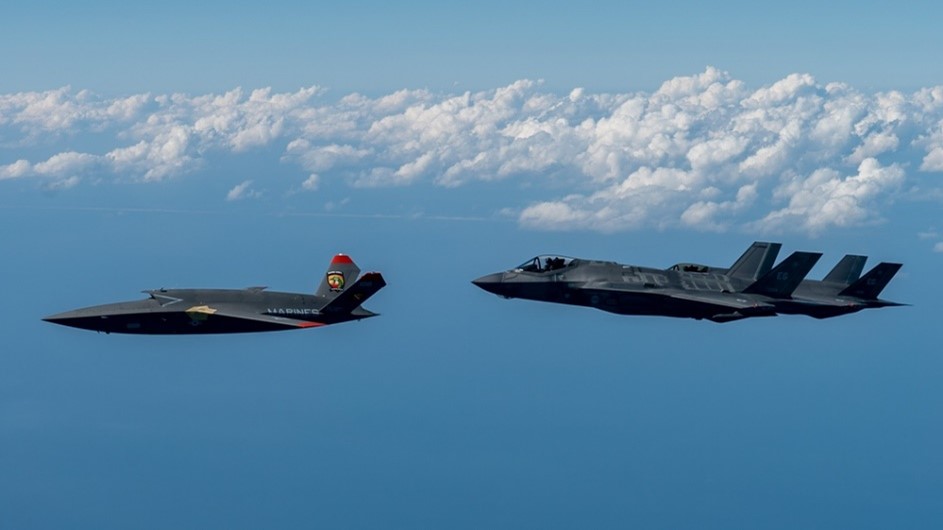AV Unveils New AI Capability And Autonomy Kit For Unmanned Systems – April 23

ARLINGTON, Va., April 23, 2024 – AeroVironment (AV) has introduced its Autonomy Retrofit Kit (ARK) and AVACORE software demonstrating the company’s commitment to advancing autonomy and machine learning capabilities to increase effectiveness of autonomous systems and reduce operator burdens. ARK and AVACORE bring AV’s accelerated autonomy to fielded assets such as Puma 3 AE and Puma
3 AE and Puma LE, in addition to future autonomous systems.
LE, in addition to future autonomous systems.
ARK is a quick-connect payload introducing a new suite of intelligent mission capabilities for Group 1+ unmanned aircraft systems (UAS). Providing edge computing for mission-critical applications, ARK enables operators to task a single or multi-vehicle team with mission objectives for fully autonomous execution while operating in communications-contested environments. ARK also intelligently integrates with distributed groups of dismounted units in a Mobile Ad Hoc Network (MANET) using the Android Team Awareness Kit (ATAK).
AVACORE is AV’s autonomy software providing an open framework for unmanned systems. It features a modular set of interfaces such as autopilots, radios and sensors, and supports rapid integration with new platforms and applications. ARK also comes preinstalled with SPOTR-Edge, AV’s computer vision software, for onboard detection, classification, localization, and tracking of operationally relevant objects including people, vehicles, aircraft, and maritime vessels, day or night.
“ARK and AVACORE provide enhanced capabilities and critical advantages to warfighters on complex battlefields,” said AV’s Senior Vice President of MacCready Works, Jeff Rodrian. “This payload combines AV’s unparalleled autonomy and field-proven computer vision SPOTR-Edge to accelerate awareness and mission success.”
Through the combination of autonomy and computer vision, ARK and AVACORE allow operators to select a wide variety of single or multi-agent capabilities including multi-region search, track and follow and more. The introduction of these systems builds upon AV’s proven and trusted family of autonomous systems, bringing a scalable, adaptable AI toolset to fielded and new assets for safer, smarter mission capabilities.
“AVACORE features an intuitive behavior tree approach allowing flexibility for rapid development and adoption of new autonomous missions,” continued Rodrian. “This results in smarter systems with reduced cognitive load for warfighters.”
The post AV Unveils New AI Capability And Autonomy Kit For Unmanned Systems – April 23 appeared first on Avionics International.
—————
Boost Internet Speed–
Free Business Hosting–
Free Email Account–
Dropcatch–
Free Secure Email–
Secure Email–
Cheap VOIP Calls–
Free Hosting–
Boost Inflight Wifi–
Premium Domains–
Free Domains









